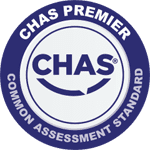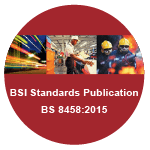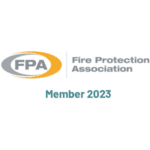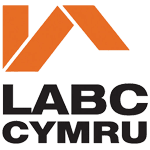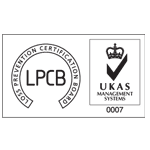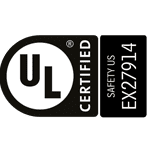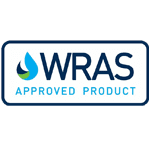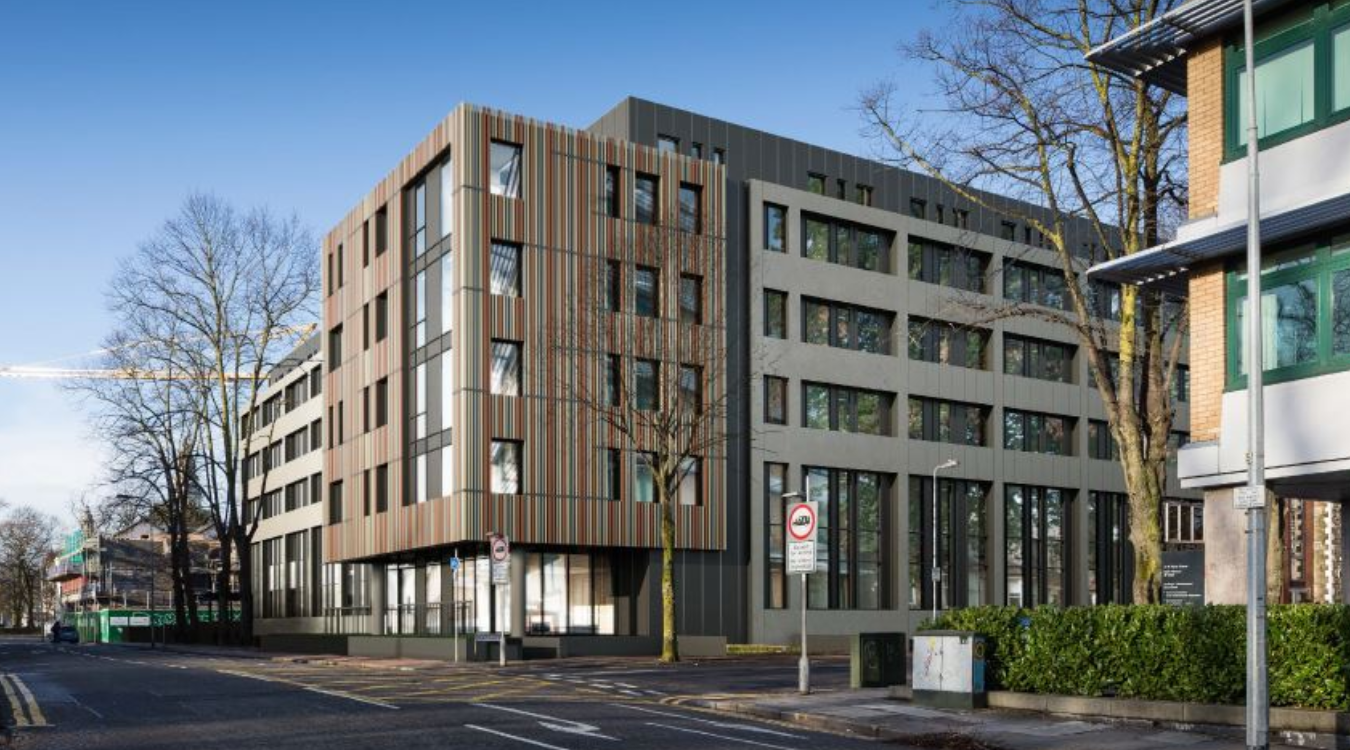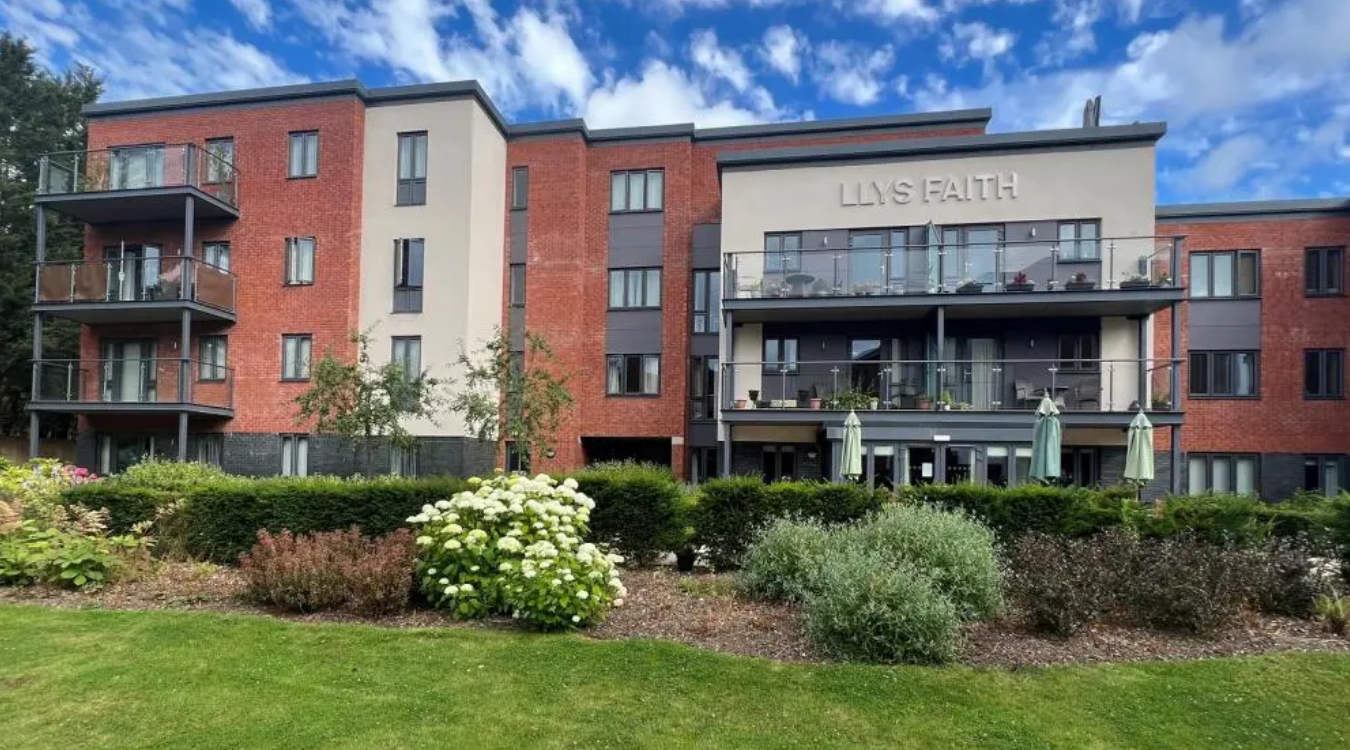iMist™ Wales
At iMist™ Wales, we specialise in innovative fire protection systems prioritising safety and efficiency for our customers. Our market-leading water mist technology is designed to provide high-pressure water mist fire suppression, while minimising water damage, making it ideal for domestic and residential applications.
Fire Safety and Legislation in Wales
Understanding Fire Regulations in Wales
Fire safety is a vital aspect of building management in Wales, with regulations designed to minimise risks and protect lives. The Regulatory Reform (Fire Safety) Order 2005 requires building owners and employers to assess fire risks, implement safety measures, and maintain fire prevention systems.
In 2021, Wales introduced the Fire Safety Order 2021 to enhance standards, especially in high-risk buildings like high-rise residential blocks. Care homes face stricter rules due to the vulnerability of their residents.
Innovative solutions like iMist systems offer efficient fire suppression, enhancing safety across various settings. Understanding these regulations is key to ensuring safety and compliance in Wales.
How iMist™ Systems Enhance Fire Safety in Wales
Fire safety is a critical concern for property owners and managers in Wales, especially with the evolving regulations aimed at protecting lives in residential buildings and care homes, as well as domestic dwellings. Traditional sprinkler systems have long been the go-to solution, but they aren’t always the best fit for every building. Enter iMist™ systems—a cutting-edge fire suppression technology that offers a more efficient, versatile, and less intrusive alternative.
What are the fire safety regulations in Wales?
Fire Safety in Care Homes in Wales: Legislation and Guidance
Care homes in Wales are subject to stringent fire safety regulations due to the vulnerability of their residents. The legislation requires care homes to have comprehensive fire safety management plans, which include regular risk assessments, staff training, and the maintenance of fire safety equipment. The Welsh Government provides specific guidance to ensure that care homes meet these standards, focusing on the safe evacuation of residents and the prevention of fire hazards in these settings.
The Advantages of iMist Systems
1. Efficiency and Water Conservation
Our system uses high-pressure water mist to control and suppress fires, cool the flames, and reduce the spread of smoke. One of our standout features is the significant reduction in water usage—up to 80% less than conventional sprinklers. This makes iMist™ ideal for properties where water supply is limited or where minimising water damage is a priority, such as in historic buildings or modern apartments.
2. Space-Saving Design
The compact and flexible design of iMist™ systems allows for easier installation in buildings with limited space or complex layouts. This is particularly beneficial in care homes and older residential properties where traditional sprinkler systems may be challenging to install without extensive modifications.
3. Minimal Disruption During Installation
Installing an iMist™ system is quick and non-invasive, which is crucial in settings like care homes where resident safety and comfort are paramount. The installation process causes minimal disruption to daily operations, and once installed, the system requires less maintenance than traditional sprinklers, ensuring long-term reliability with lower ongoing costs.
